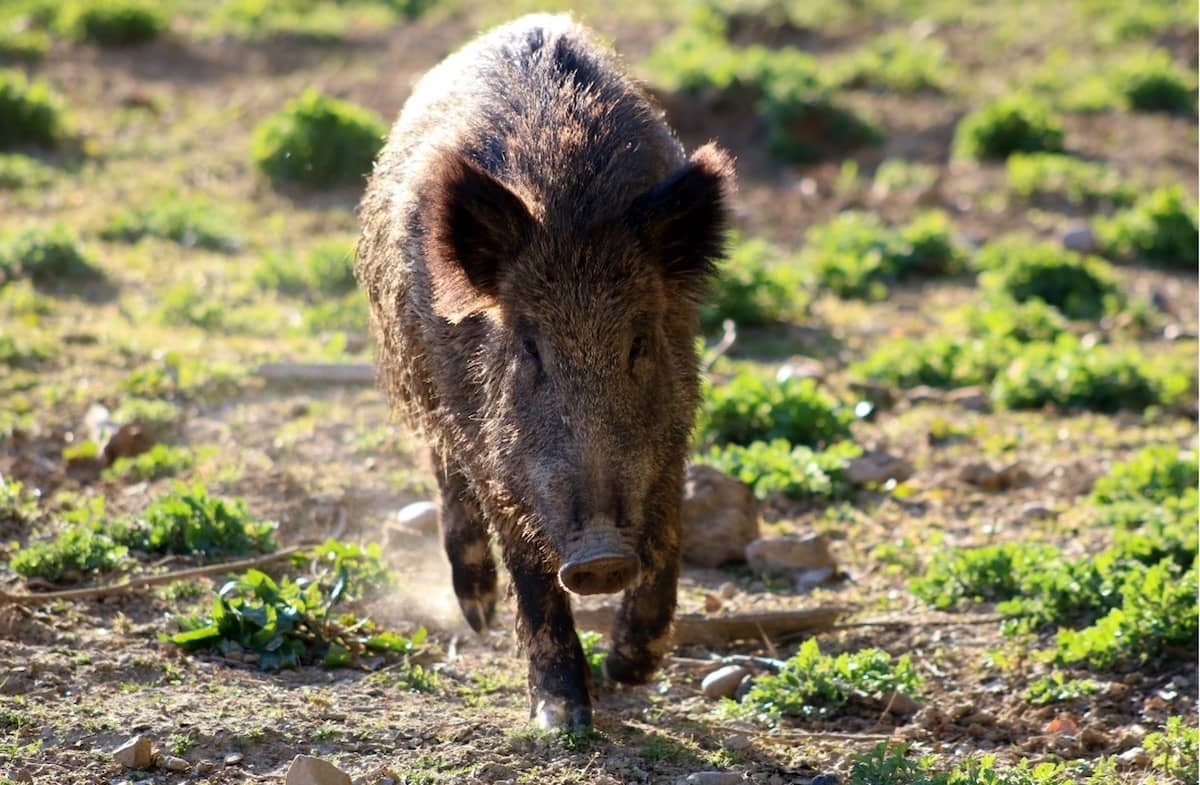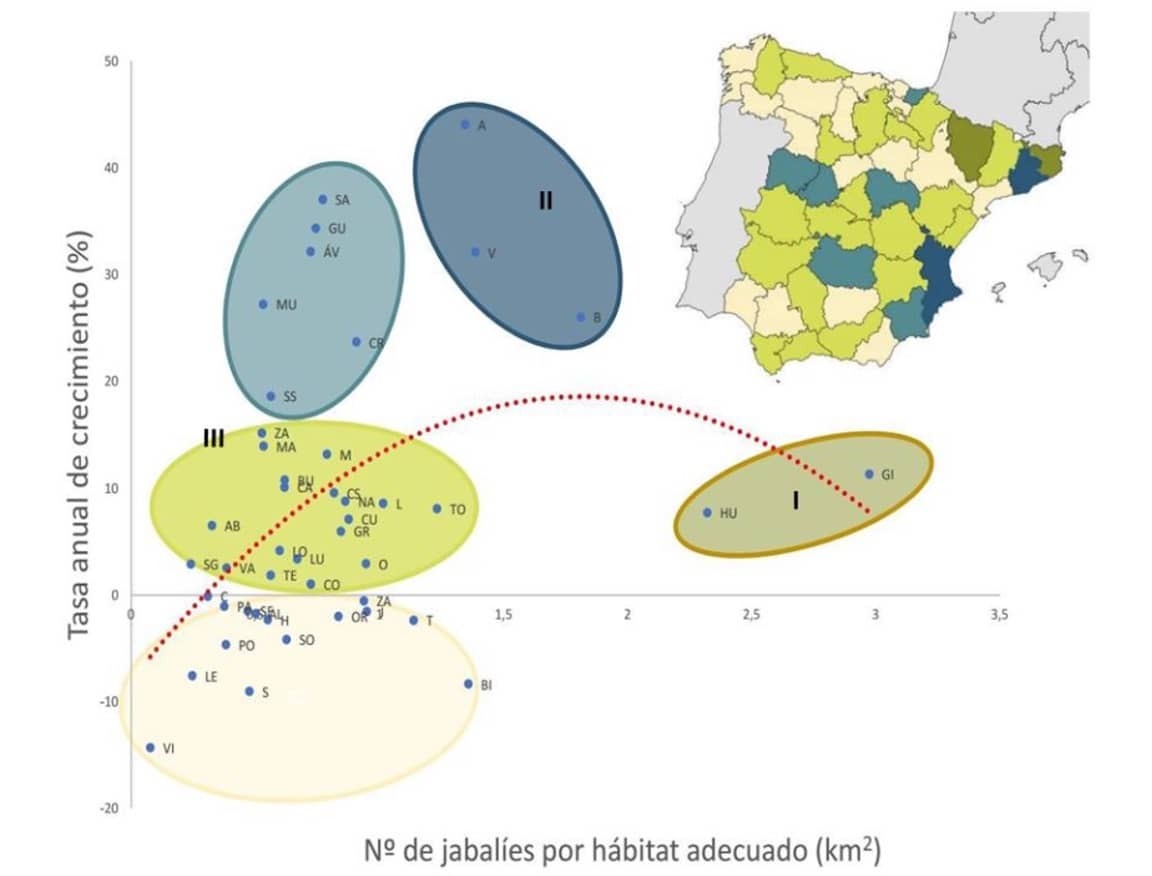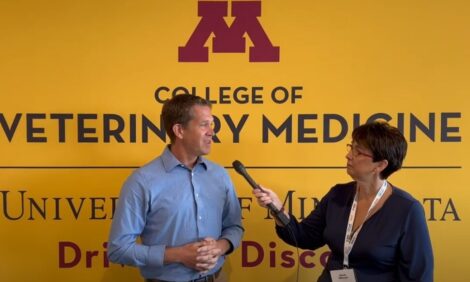



A report analyzes the population trends of wild boar in Spain
A report from the PREVPA Operational Group based on the evolution of hunting statistics indicates that wild boar populations are in a phase of accelerated growth in most of the provinces of SpainEl Operational Group for the Prevention of African Swine Fever (GO PREVPA) , coordinated by researchers from the Research Group in Health and Biotechnology (SaBio) of the Instituto de Investigación en Recursos Cinegéticos (IREC – CSIC, UCLM, JCCM) , has recently issued a report in which the population dynamics of the wild boar (Sus scrofa) in Spain. In order to evaluate the population trends of this species, the data of the hunting bags by provinces have been taken as a reference, which has allowed establish a zoning in three different categories based on density-dependence models .
The calculations, which cover the period between 2010 and 2016, have not been made with absolute estimates of density, but rather They are based on a relative abundance index that includes the number of animals killed per favorable area. , mainly forestry, so that the average annual population increase is represented against the number of wild boars extracted by favorable habitat and at the province level.

In general, the results show that annual growth of game bags increases with abundance to a tipping point (approximately 1,5 wild boars per square kilometer of suitable habitat area) followed by a gradual reduction in population growth rates.
The first category corresponds to a high density of wild boars and a low growth rate. A category of which only the provinces of Huesca and Girona would form part , which means that in both Pyrenean territories (being the Pre-Pyrenees the most favorable area) the maximum level of wild boar populations would have been reached .
Barcelona, Valencia and Alicante would be grouped in a second category, with high growth rates, which means that they are currently in potential expansion . The rest of the provinces analyzed are classified in a third category, which represents those territories with low relative abundance and a low annual growth rate, but with the potential to increase both indicators in the future.

Preliminary analysis of wild boar population data shows that the populations of this species in Spain may be approaching their turning point, although most of the provinces are in a phase of accelerated growth . This poses a threat in the immediate future due to all the problems associated with the overabundance of this species, which is a carrier of diseases such as African swine fever (ASF) .
This report , which represents a first approach to contextualize the current general trends of wild boar populations, It is useful for each region to build the baselines from which to develop sustainable management plans , being recommended the establishment of zoned control proposals.






